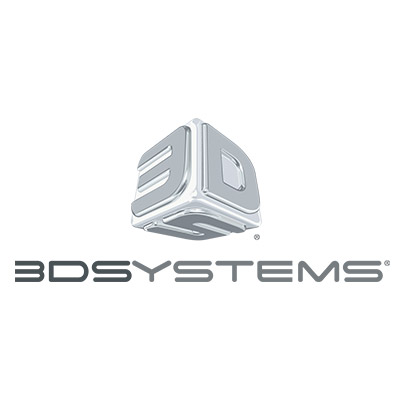


Technical approach for creating corrosion design guide for nickel alloy 625.
Problem
The unexpected corrosion performance of alloys for additive manufacturing (AM) results from unique processing conditions such as rapid solidification, complex thermal cycles, and rough surface finish. The range of potential post-processing steps further complicates the problem, and the institutional and documented knowledge of corrosion in castings, forgings, welds, and powder metallurgy products may not directly apply to AM. The lack of authoritative localized saltwater corrosion performance data for AM alloy 625 constrains the adoption of AM and ultimately limits operational readiness because corrosion cannot be effectively considered in component design. The underlying physical processes governing corrosion of additively manufactured alloys and the AM and post-build process parameters affecting corrosion are not well understood, limiting any lessons learned to one alloy and one corrosion mechanism.
Objective
The objective of this project was to develop authoritative data and new knowledge regarding the corrosion of AM material into a corrosion performance design guide for AM nickel-based 625. The effort sought to generate pedigreed, statistically relevant stress corrosion cracking, crevice corrosion, and galvanic corrosion data (e.g. time-to-failure and corrosion rate) readily available for alloy 625 and to understand the unique corrosion mechanisms compared to cast and wrought forms through novel corrosion test techniques.
Technical Approach
The project team included 3D Systems, Newport News Shipbuilding, the University of Akron, and Northrop Grumman. Processing conditions, heat treatments, and surface modification techniques were varied to produce different surface roughness and microstructures for testing effects on corrosion properties. Test data were used to generate a corrosion performance design guide for AM nickel alloy 625.
Accomplishments
The project team was successful at quantifying the susceptibility of AM parts to corrosion and the related effects of post-processing. Standard corrosion testing (galvanic, crevice, and stress corrosion cracking) of Ni-base alloy was performed in simulated seawater, stagnant natural seawater, and tidal natural seawater. Wrought and AM alloy with varying furnace treatments and surface conditions were considered. Novel crevice corrosion testing was conducted on similar specimens in accelerated testing. In most cases, AM Alloy 625 performed as well as the wrought equivalent. In all cases, AM Alloy 625 received a solution, and stabilization anneals were performed as well as the wrought alloy. The design guide created in the effort provided a roadmap for developing processing steps (recipes) for AM alloy 625, including stress relief/heat treatment and surface modification (machining). The identification of underlying corrosion mechanisms enriches the benefits of the project and is potentially applicable to other AM alloys.
Project Participants
Project Principal

Other Project Participants
- Newport News Shipbuilding
- University of Akron
- Northrop Grumman
Public Participants
- U.S. Department of Defense
